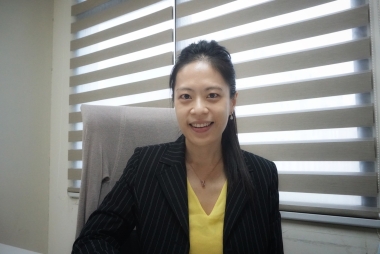

Project Overview (100-200 words)
Type 2 diabetes (T2D) and its vascular complications have imposed enormous health and economic burdens on global and regional healthcare systems. Computational disease simulation models comprising of risk equations could predict the disease progression (e.g., the occurrence of associated complications) based on patients’ characteristics at baseline. These simulation models have emerged as efficient tools to support real-world clinical and health decisions in the field for T2D care, including: (1) risk stratification for the development of vascular complications, (2) individualized medicine based on patients’ risks for complications, and (3) health and economic evaluations of anti-diabetic interventions.
Although several T2D simulation models have been developed in Western countries, the applicability of these models in Asian populations remains limited due to regional and racial variations. Specifically, our study team previously found that the risk equations which were derived from Caucasian populations (e.g., UKPDS-OM2, RECODe) had poor model performance among Taiwanese T2D populations, and therefore may not be applicable in this population. In contrast, the CHIME model that has been recently developed from and validated in Hong Kong and Singapore populations, respectively, showed a satisfactory discrimination for Taiwanese T2D patients; however, further adaptations (e.g., recalibration) remain needed to enhance the model performance for future applications.
Due to under-/overestimated risk of CHIME model among Taiwanese population with T2D, this research is aimed to (1) identify the regional variations in the risk factors associated with T2D progression (e.g., Asian versus non-Asian, East versus Southern Asian) and (2) adapt existing risk equations to Asian populations with T2D using a structuralized framework: adoption, validation, and recalibration.
The variations of risk factors between countries/regions and races will provide insights to determine the model performance (e.g., overestimation of certain complication risk) when applying to East Asia and Southeast Asia T2D populations. The feasibility and applicability of the model adaptation framework could be used in future health economics and outcomes research. Furthermore, the recalibrated simulation models could be further embedded in an application to promote its use either in clinical or in health economic evaluations.
Based on the previous work in our study team, the CHIME model demonstrated better discrimination and calibration results (namely, prediction accuracy) among Taiwanese populations with diabetes compared to the UKPDS and RECODe. Recalibration methods (i.e., adjustment of the baseline hazards from the original development cohort to that of study cohort) were performed. The prediction accuracy was improved but did not achieve the ideal target value in certain complications (e.g., stroke). Further recalibration method (i.e., adjustment of baseline hazards for subgroups with different complication risks [e.g., stroke risk]) will be adopted. Apart from that, cross-institutional panel discussion will be conducted to determine the regional variations and applicability of this adaption framework.
In general, the prediction of the risk equations considering the important predictors or magnitude of predictors in East Asia and Southeast Asia populations can be improved by recalibrating overall baseline risk for these patients. However, over- or underestimation within each risk groups remained after adjusting overall baseline risks. So, recalibration within risk groups method which consider the discrepancy of baseline risk across low-, middle- and high-risk groups will be adopted, which is expected to provide more precise prediction on the complications among the study populations. Hence, single baseline risk or three baseline risks will be estimated depend on the recalibration method adopted.
This project will finally generate a diabetes simulation model adapted to East Asia and Southeast Asia. This adapted simulation model will be built in application to promote its accessibility. Besides, panel discussions might additionally identify the regional variations (e.g., diets, genetics, lifestyle) among Asian/non-Asian and East/Southern Asian which will be further mentioned in the publication.
Research Outputs (2023.01.-2023.07.)
None
Not applicable